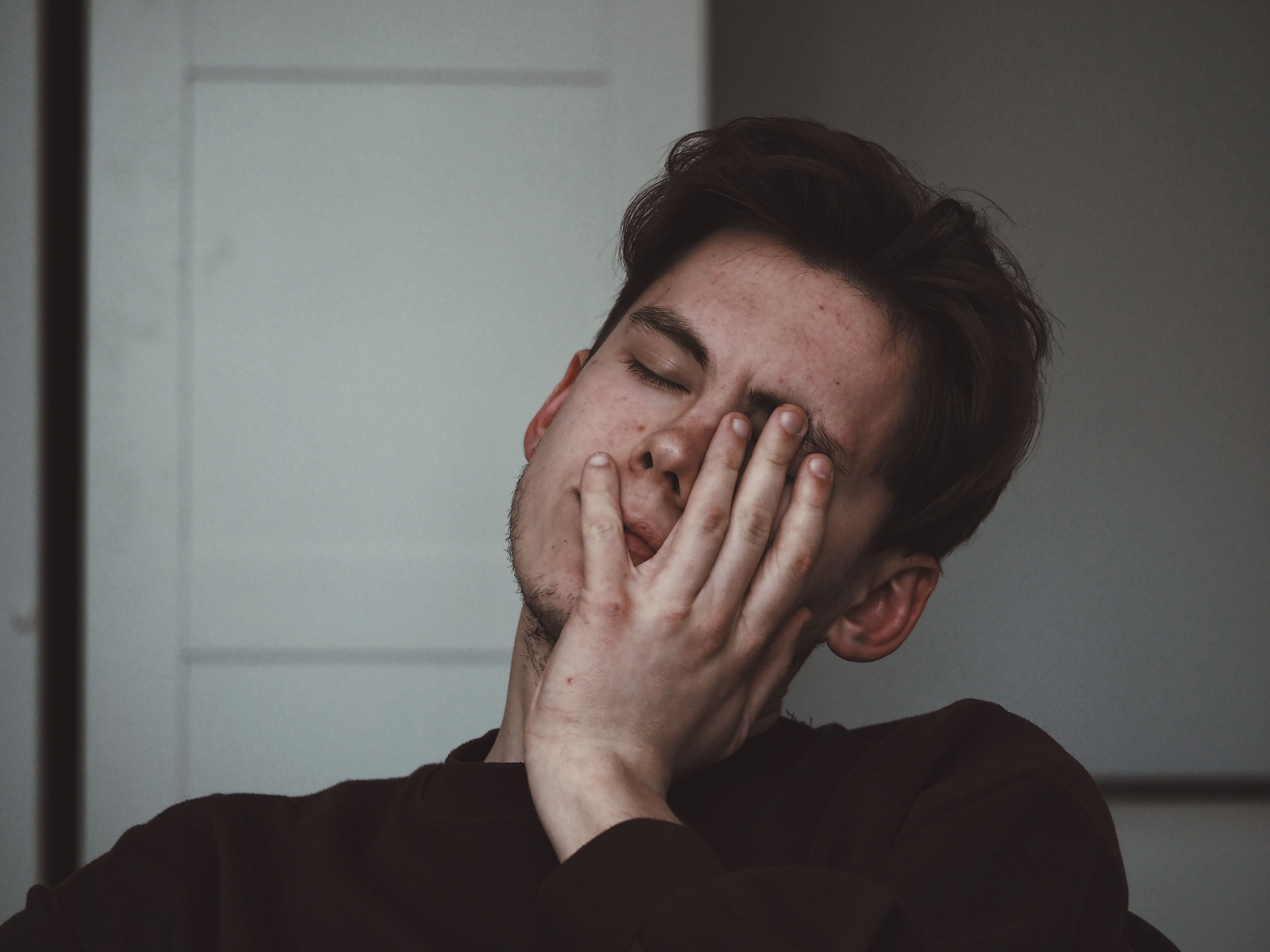Baloxavir Indication is Expanded by FDA
The influenza therapy is expanded to include people who have been exposed to the flu.

This article, "FDA Expands Baloxavir Marboxil for Preventing Household Flu Spread" was originally published on HCPLive.
Influenza therapy, baloxavir marboxil (Xofluza), has had its indication expanded by the the US Food and Drug Administration (FDA) to include post-exposure influenza prevention in patients 12 years and older after they had contact with someone with the flu.
The expanded indication, granted to Genentech, also allows for the administration of baloxavir marboxil in both granular and oral tablet form.
The second-generation flu therapy was initially approved by the FDA in October 2018 for the treatment of acute uncomplicated flu in such patients within 48 hours of symptoms presenting, and was expanded to treat persons at high risk of developing flu-related complications in the following year.
This new indication also comes at a time of heightened scrutiny around flu prevention and mitigation, as the current coronavirus 2019 (COVID-19) outbreak coinciding with the 2020-21 flu season has generated concerns of a possible winter “twindemic.”
"This expanded indication for Xofluza will provide an important option to help prevent influenza just in time for a flu season that is anticipated to be unlike any other because it will coincide with the coronavirus pandemic," Debra Birnkrant, MD, director of the Division of Antiviral Products in the FDA's Center for Drug Evaluation and Research, said in a statement. "Americans will have to be more vigilant than ever as these viruses spread concurrently."
The safety and efficacy of baloxavir marboxil in post-flu exposure prevention was observed in data from a randomized, double-blind, controlled trial involving 607 subjects aged 12 years and older exposed to a person with influenza in their home.
Participants received either baloxavir marboxil (n = 303) or placebo (n = 304). Investigators assessed for a primary endpoint of proportion of subjects who were infected with the virus and presented with fever and at least 1 respiratory symptoms between days 1-10.
Just 1% of treated participants reported such flu-like symptoms in the observed period, versus 13% of participants given placebo.
Among the most common adverse events associated with baloxavir marboxil were diarrhea, bronchitis, nausea, sinusitis, and headaches. Experts further advised that hypersensitivities, including anaphylaxis, can occur in patients taking the therapy.
Though treating patients with the flu with antiviral therapies including baloxavir marboxil within 48 hours can reduce illness duration and severity, the most recommended means to mitigate influenza burden remains the annual vaccine.
